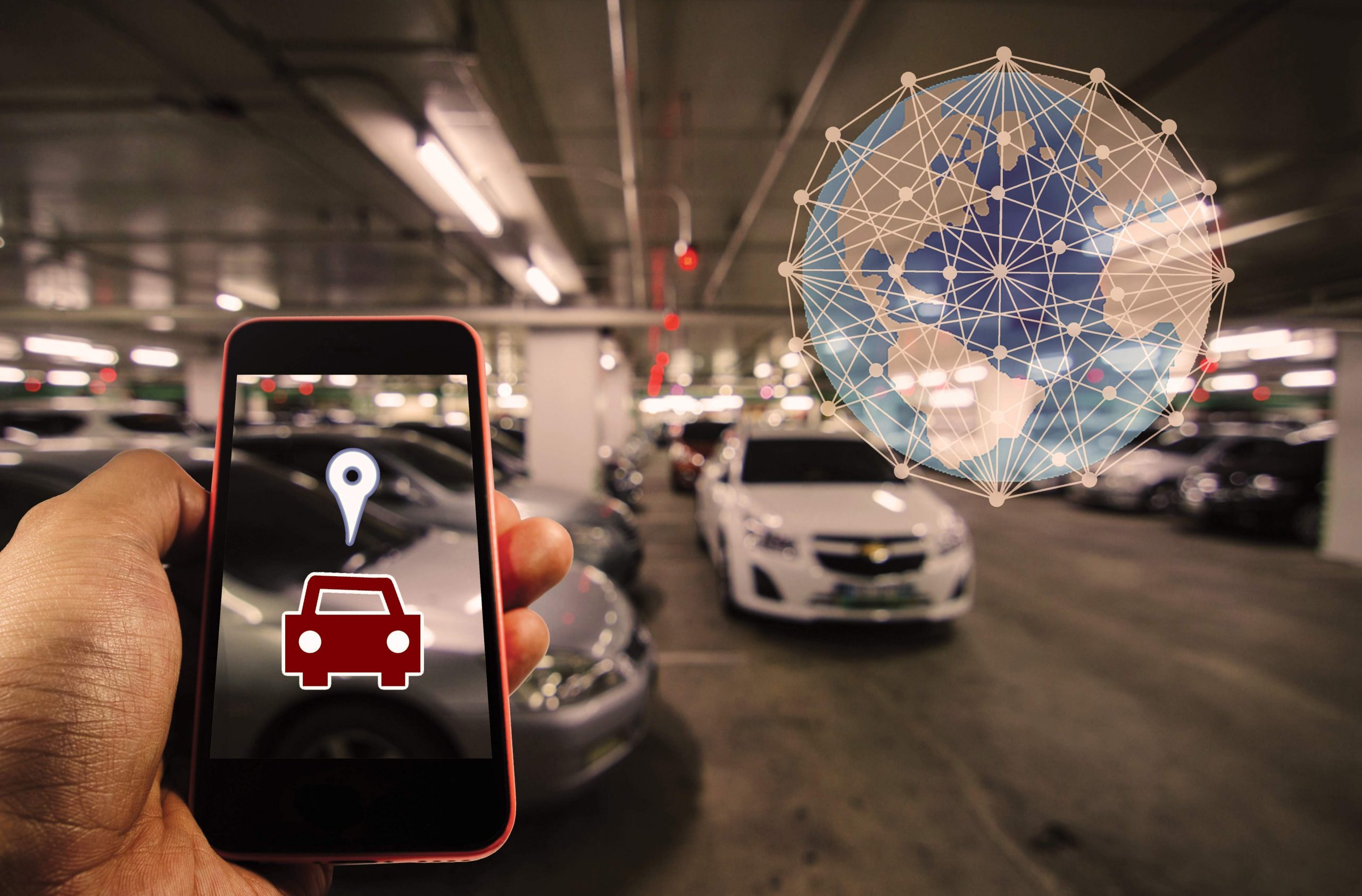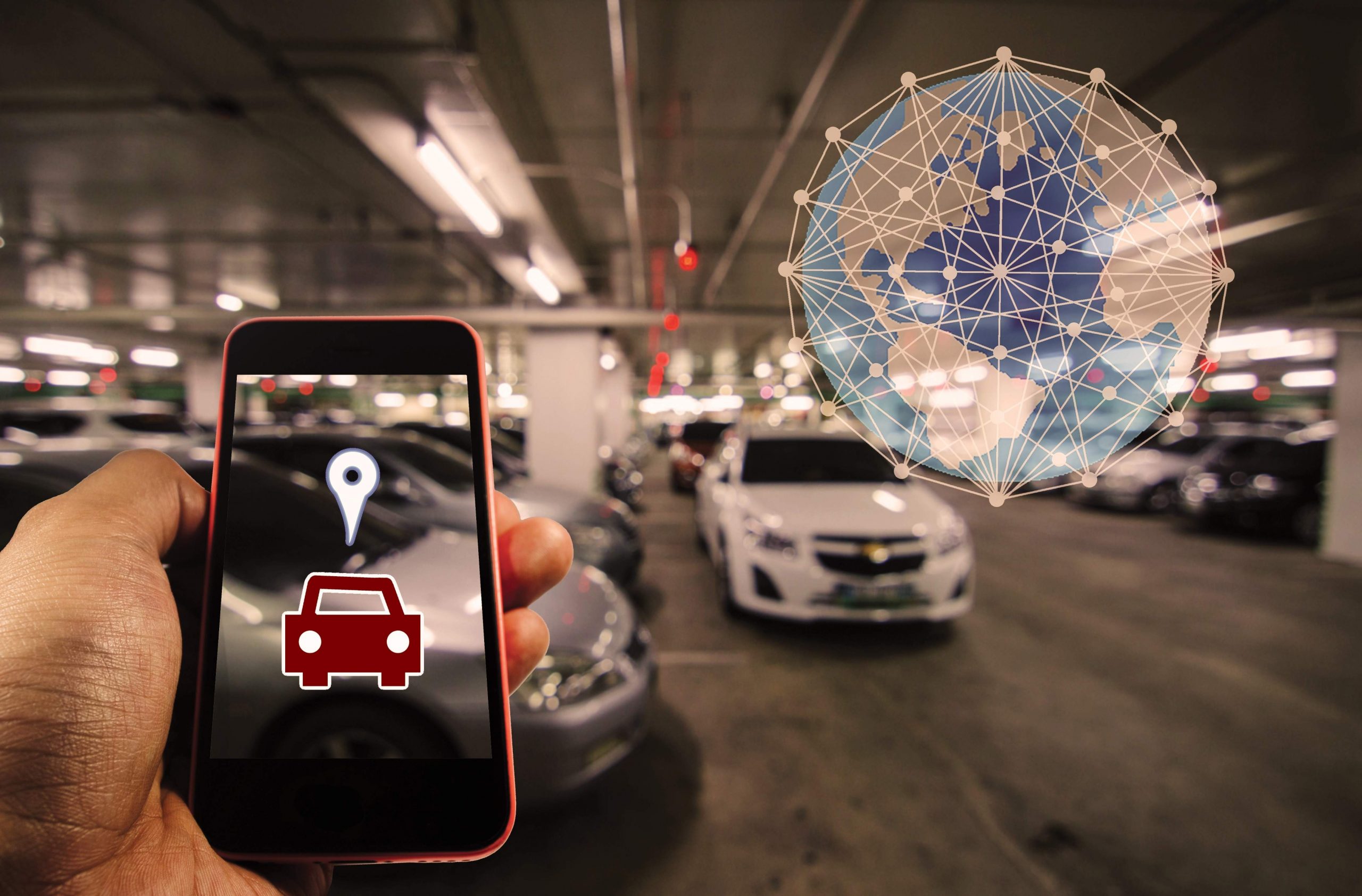Decoding the Architecture of IoT Networks: A Deep Dive
-
April 7, 2025
-
6 min read

The Internet of Things (IoT) has brought in a new era of connectivity, transforming the way devices interact and exchange data. At the heart of this lies the IoT network architecture, a complex system of interrelated components that enable seamless communication between devices, machines, and people. Understanding the underlying network architecture therefore becomes crucial. In this article, we’ll take a closer look at the key components of an IoT network and explore how they interact to enable the flow of data from devices to the cloud and back.
The Anatomy of an IoT Network
An IoT network is essentially a system of interconnected devices, sensors, and actuators that collect and transmit data over a network. The architecture of an IoT network can be broadly divided into four main layers:
1. Things Layer (Sensors and Actuators)
The foundation of any IoT network is the “Things Layer,” which consists of the physical devices or “things” that are connected to the network. These devices can be sensors that collect data from the environment, such as temperature, humidity, or motion sensors, or actuators that perform actions based on the data received, such as smart thermostats or smart locks.
Types of IoT Devices
IoT devices come in various shapes and sizes, each with its own unique characteristics. Some common types of IoT devices include:
- Battery-powered or power-connected devices
- Mobile or static devices
- Devices with varying reporting frequencies and data complexities
The diversity in device types is what drives the variety of IoT protocols and architectures used in different scenarios.
2. Communications Network Layer
The Communications Network Layer is responsible for the interconnection of smart devices and the transmission of data between them. This layer is further divided into several sublayers:
Access Network Sublayer
The Access Network Sublayer involves the connection of devices to the network using various wireless technologies such as 802.11ah, 802.15.4g, and LoRa. Wired connections, such as Ethernet, are also possible in some cases.
Gateways and Backhaul Network Sublayer
Gateways play a critical role in collecting data from devices and forwarding it through a longer-range medium (backhaul) to a central station for processing. Backhaul technologies can include cellular networks, Ethernet, or other wired connections.
Network Transport Sublayer
The Network Transport Sublayer involves the use of network and transport layer protocols such as IP and UDP to support communication between diverse devices and media.
IoT Network Management Sublayer
The IoT Network Management Sublayer is responsible for managing the IoT network, including device management, security, and quality of service (QoS).
3. Data Processing and Analytics Layer
The Data Processing and Analytics Layer deals with the handling and processing of IoT data generated by the devices. This layer includes the application-layer protocols and attempts to standardise API definitions for interaction with business intelligence (BI) systems. Advanced analytics and machine learning are often employed at this layer to transform raw data into actionable insights.
4. Security Component
Security is a critical component of IoT networks, responsible for access control, data transfer security, data leakage prevention, and overall network security. This includes encryption, access control lists (ACLs), firewalls, and other security measures to protect the IoT ecosystem.
How IoT Networks Work
Now that we’ve explored the key components of an IoT network, let’s take a look at how they work together to enable the flow of data from devices to the cloud and back.
Data Collection
The journey of data in an IoT network begins with the devices themselves. IoT devices such as sensors and actuators collect data from their environment. For instance, a smart sensor might monitor temperature, humidity, or other environmental parameters.
Data Transmission
The collected data is then transmitted to a gateway or directly to the cloud via various communication protocols. Local communication can occur through short-range wireless protocols like Bluetooth, Sigbee, or LoRa, while longer-range communication can use cellular networks or the Internet.
Data Processing
Once the data reaches the gateway or cloud, it is processed and analysed. This can involve simple data aggregation or complex analytics and machine learning to derive insights from the data.
Action and Feedback
Based on the processed data, actions are taken. For example, a smart thermostat might adjust the temperature, or a manufacturing system might adjust its production line based on real-time data.
Network Management
Throughout this process, the IoT network is continuously managed to ensure security, QoS, and optimal performance. This includes device management, software updates, and monitoring for security threats.
Airtel IoT connectivity management platform, for instance, offers a scalable and reliable foundation for connected devices. With a robust network, advanced platforms like IoTHub, and cutting-edge technologies such as 5G and NB-IoT, it enables seamless communication across a diverse range of devices and applications.
IoT Network Architectures
There are several architectures that have been proposed for IoT networks, each with its own unique characteristics and advantages.
OneM2M Architecture
The oneM2M architecture is a widely recognised framework that divides IoT functions into three major domains:
- Application Layer: Focuses on the connectivity between devices and their applications, including application-layer protocols and API definitions for interaction with BI systems.
- Services Layer: Acts as a horizontal framework across vertical industry applications, including the physical network, underlying management protocols, and hardware.
- Network Layer: This is the communication domain for IoT devices and endpoints, including wireless mesh technologies, wired device connections, and other communication infrastructures.
Core IoT Functional Stack
This architecture is presented as two parallel stacks: the IoT Data Management and Compute Stack and the Core IoT Functional Stack.
- Things Layer: Involves the physical devices or “things” that collect and report information.
- Communications Network Layer: Includes the access network, gateways and backhaul network, network transport, and IoT network management sublayers.
- Application and Analytics Layer: Deals with the processing and analysis of IoT data to generate insights and take actions.
Simplified IoT Architecture
A simplified IoT architecture can be viewed as consisting of two main components:
- IoT Devices: Collect and send data.
- IoT Gateways: Forward the collected data to a central location for processing.
- Network: Comprises traditional technologies such as tunneling and VPNs, IP-based QoS, Layer 3 routing protocols, and security capabilities.
Conclusion
IoT network architecture is a complex system of interrelated components that work together to enable the seamless flow of data from devices to the cloud and back. Understanding the key components of an IoT network, such as the Things Layer, Communications Network Layer, Data Processing and Analytics Layer, and Security Component, is crucial for designing, implementing, and managing effective IoT solutions.
As businesses increasingly adopt IoT technologies, the need for reliable and high-speed connectivity solutions becomes paramount. Services like Airtel IoT networks provide the necessary infrastructure and support to ensure they can function optimally, enabling businesses to leverage the power of IoT for improved efficiency, productivity, and innovation.
 Share
Share









